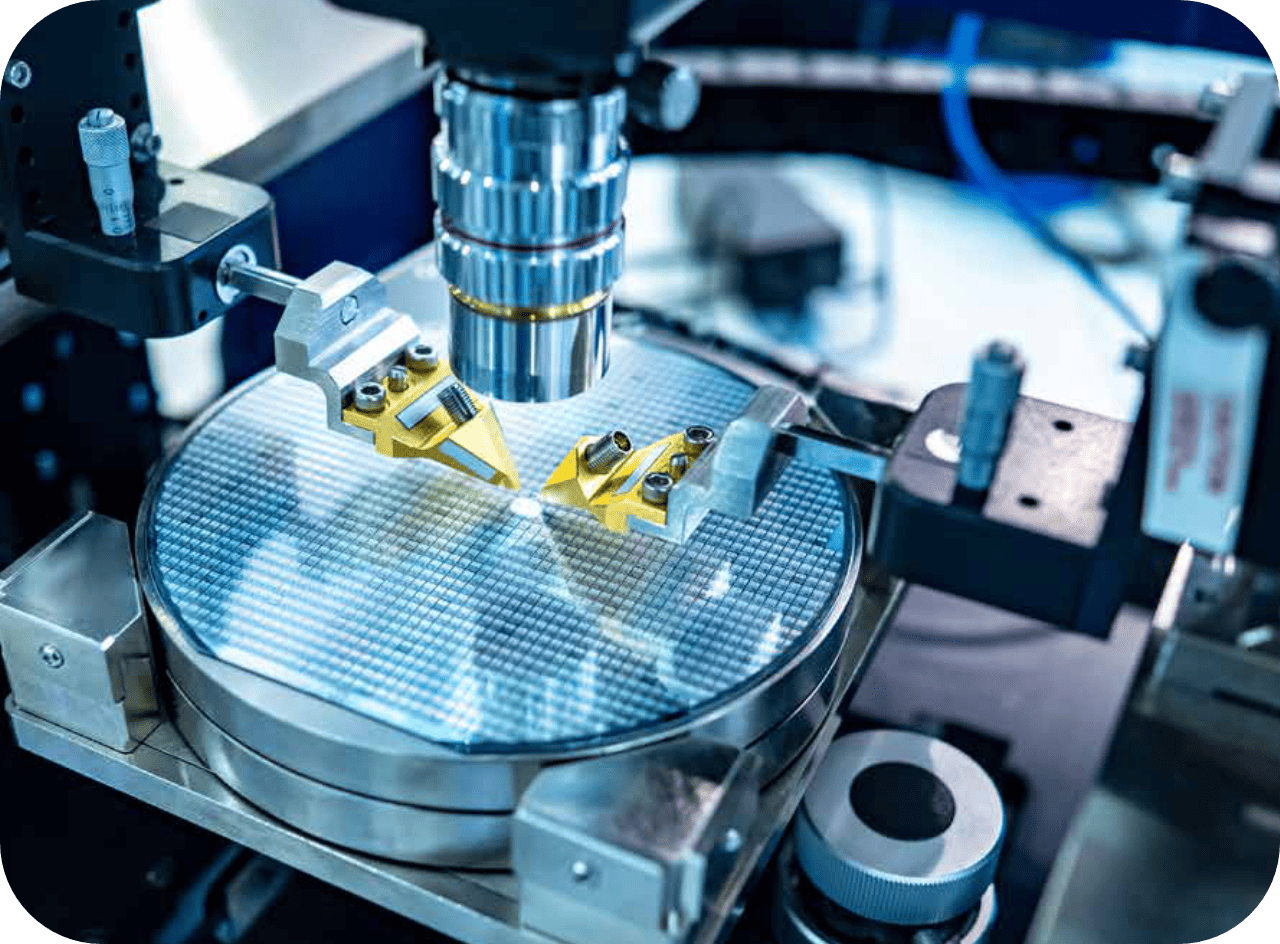Our Technology
Fiber Fixation™: How it Works
What if you could take a precious metal like platinum and stretch it so thin that a single gram could cover the surface of several tennis courts?
Now imagine using that expanded surface area to make chemical reactions happen faster, better, and with far less waste.
That’s exactly what we do at Nano Fixation. Our proprietary technology creates incredibly fine ceramic fibers with a thickness in the range of 100–1000 nm. For context, a human hair is about 80,000 to 100,000 nm thick.
When making fibers, we embed tiny amounts of precious metals, platinum group metals, and rare earth elements (like platinum, iridium, rhenium, and other valuable catalysts) on the surface of these fibers.
The result is a dramatic increase in the metal’s surface area, making it far more effective at its job—while using only a fraction of the material.
Think of it this way: If you try to start a fire with a single log, you’ll struggle to get it going. But if you chop the log into toothpick-sized pieces, the fire will start immediately.
Our process takes this principle to the extreme, creating millions of surfaces at a nanoscopic level. This breakthrough helps us increase the effectiveness of a given quantity of critical metal by 2000 percent—and helps the company using the metal cut their costs in half.

Our Process
We start with a highly complex liquid mixture of ceramic and metallic molecules. Using a precise electrical charge, we then create superfine fibers, including alumina (Al2O3), titania (TiO2), zirconia (ZrO2), ceria (CeO2), as well as combinations like barium titanate (BaTiO3) and ceria-zirconia (CeO2-ZrO2).
These fibers are processed in a kiln, where precisely heated air and added gases complete the embedment of critical metals in a unique-in-the-world process. The resulting material is then refined into a format useful to various industrial customers, like powders, pellets, emulsions, and membranes.
Why The Technology Matters
In industries from pharmaceuticals to clean energy, critical metals play a vital role as catalysts—materials that speed up chemical reactions without being consumed themselves. But these metals are often mined in ways that harm the environment and people, and they’re increasingly in short supply as demand grows.
Commercially speaking, they’re also very expensive. Rhodium, for example, is worth eight times more than gold.
Our technology addresses all these challenges by making these precious materials work harder. By increasing their effective surface area by up to 2,000 percent, we can achieve the same or better results while using up to 95 percent less material—at half the cost.
This advance will revolutionize how the world uses critical metals.
Life-saving drugs can be made more efficiently and at lower cost by improving catalyst performance in chemical reactions. More efficient hydrogen production will power the clean energy revolution. And dozens of other future-forward technologies will benefit from higher efficiency and reduced dependence on large volumes of critical materials.
Here’s the bottom line: by making precious resources work harder and last longer, we’re helping build a future where critical metals are obtained more easily and conservatively.
Join the Revolution
Nano Fixation is building a community of advocates for industrial efficiency and environmental sustainability. As an early supporter of our unique initiative, you'll be helping us ease supply bottlenecks that have contributed to shortages and inflation, while supporting environmentally conscious technology, enabling next-generation clean technologies, and contributing to the more efficient use of Earth's resources. As we learn more about the specific benefits of industrial adoption, our community will be the first to know.

